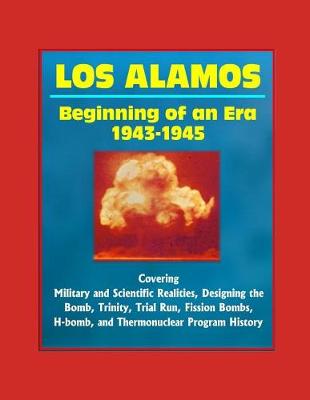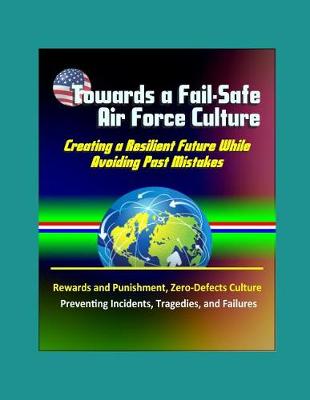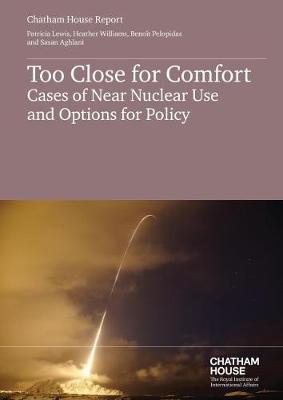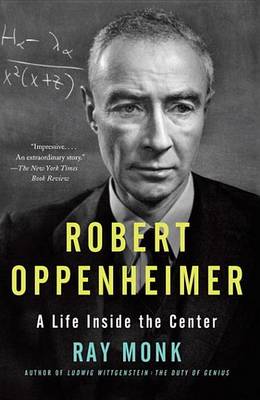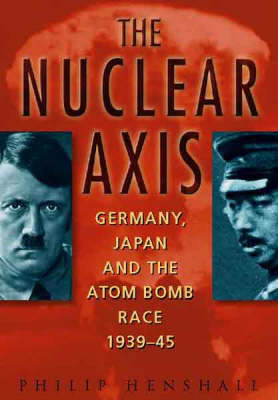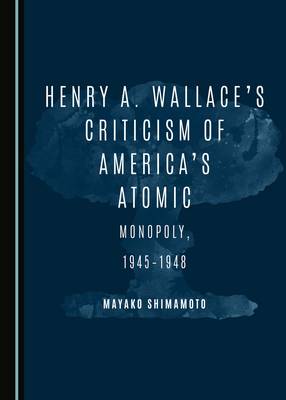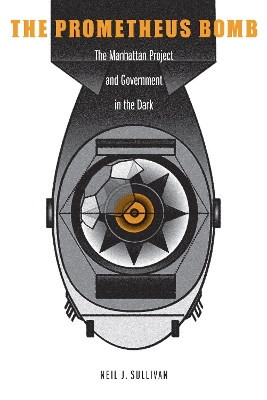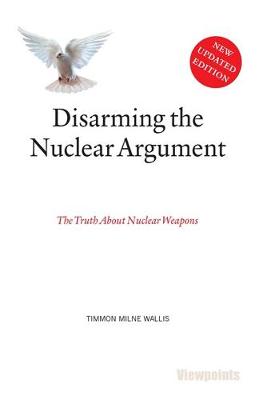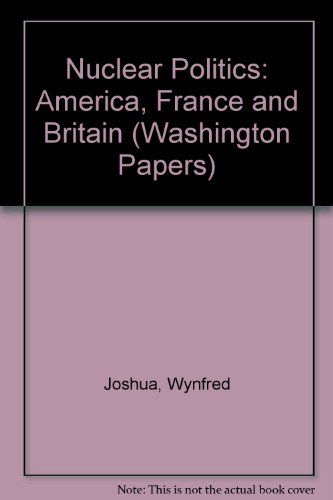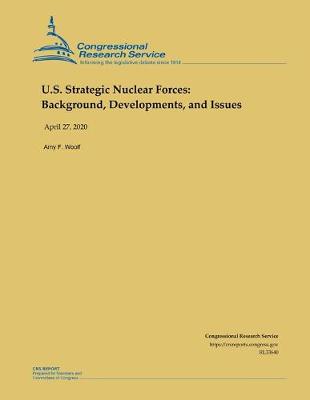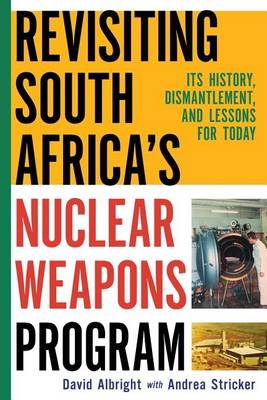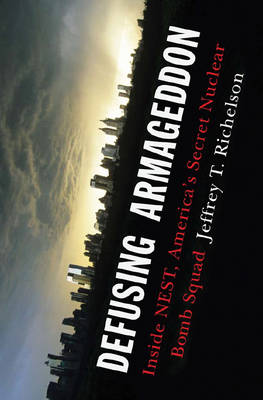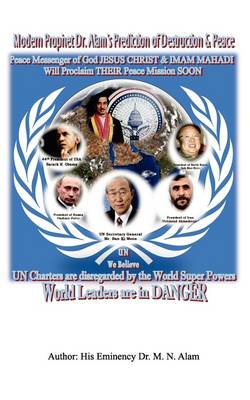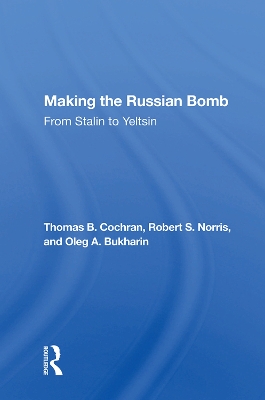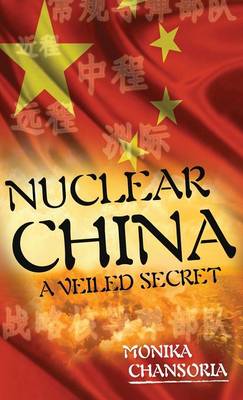Towards a Fail-Safe Air Force Culture
by U S Military, Department of Defense (Dod), and U S Air Force (Usaf)
Cases of near nuclear use due to misunderstanding demonstrate the importance of the human judgment factor in nuclear decisionmaking. This report applies a risk lens, based on factoring probability and consequence, to a set of cases of near use and instances of sloppy practices from 1962 to 2013.
An exploration of the enigma of Robert Oppenheimer's life and personality and his contributions to the revolution in twentieth-century physics.
Funding the Nuclear Decommissioning Authority (House of Commons Papers, Session 2007-08, 394)
It has been generally accepted that Germany and Japan were years behind the Allies in producing a nuclear weapon during World War II and that Japan in particular was technically incapable of doing so. The author argues that these assumptions are unfounded and reveals that an Axis nuclear weapon was a very real threat to the Allies. Philip Henshall begins by outlining how Germany's conventional military situation began to deteriorate from 1943 onwards, how interest was revived in secret long-rang...
Henry A. Wallace's Criticism of America's Atomic Monopoly, 1945-1948
by Mayako Shimamoto
Secretary of Commerce Henry A. Wallace was an earnest supporter of the Stimson Proposal, a disarmament proposal submitted to the Truman administration by then Secretary of War Henry L. Stimson immediately after World War II. This proposal suggested direct dialogue with the Soviets over control of the newly-released atomic energy used against Japan in August 1945.Wallace, who had nurtured a deep scientific knowledge in his early life, was trusted in his Vice Presidency (1941-1945) for his scienti...
During World War II, the lives of millions of Americans lay precariously in the hands of a few brilliant scientists who raced to develop the first weapon of mass destruction. Elected officials gave the scientists free rein in the Manhattan Project without understanding the complexities and dangers involved in splitting the atom. The Manhattan Project was the first example of a new type of choice for congressmen, presidents, and other government officials: life and death on a national scale....
The nine nuclear weapon states are extending their commitments to nuclear 'deterrence' well into the second half of this century, despite treaty obligations and an 'unequivocal undertaking' to disarm. The us alone is expecting to spend up to $1 trillion (ie. $1,000,000,000,000) upgrading its nuclear weapons over the next 30 years. With around 15,000 nuclear weapons stockpiled worldwide, the risk of one going off by accident or design is increasing every day. Timmon Milne Wallis explores the argu...
Nuclear Politics (The Washington Papers)
by Wynfred Joshua and Walter F. Hahn
Nuclear Superiority: The 'New Triad' and the Evolution of American Nuclear Strategy
by David S McDonough
Revisiting South Africa's Nuclear Weapons Program
by David H Albright
Jeffrey T. Richelson reveals the history of the Nuclear Emergency Support Team, from the events leading to its creation in 1974 to today. Defusing Armageddon provides a behind-the-scenes look at NEST's personnel, operations, and detection and disablement equipment--employed in response to attempts at nuclear extortion, lost and stolen nuclear material, crashed nuclear-powered Soviet satellites, and al Qaeda's quest for nuclear weapons. Richelson traces the Cosmos satellite that crashed into the...
Modern Prophet Dr. Alam's Prediction of Destruction & Peace
by Dr Mohammad Nurul Alam
This series started in 1981 with the Erice Seminars when the danger of a nuclear East-West confrontation was menacing the world. The volumes reproduce the crucial steps, from the Nuclear Winter to the Strategic Defense Initiative. After the collapse of the U.S.S.R., new emergencies are now to be faced such as the danger of proliferation of Weapons for Mass Destruction (WMD), the North-South confrontation on ecological problems and the new deal for Science and Technology to help developing countr...
The Natural Resources Defense Council once again provides the definitive account of the current status of Russian nuclear weapons. Taking advantage of previously unavailable information the authors describe the origins, growth, and decline of the massive Soviet nuclear weapons production complex—the places involved in the recent headline-making epi
Weapons Systems and the Politics of Interdependence (Cold War History)
by Ken Young

